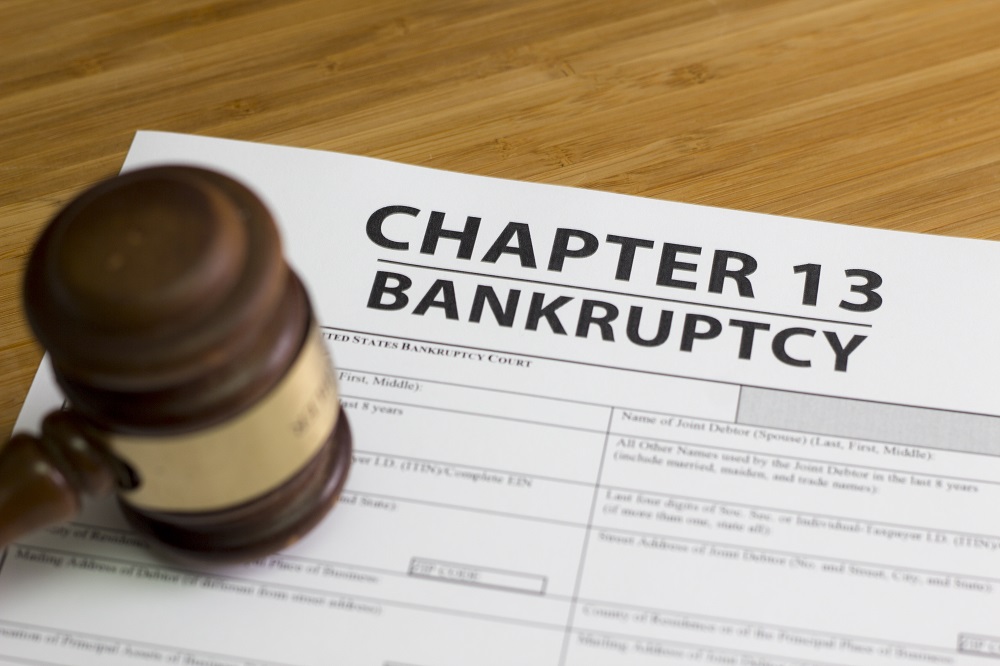Chapter 13 Debt Limits in Arizona
 The terms and conditions for each bankruptcy filing are outlined in the Bankruptcy Code. In the case of a Chapter 13 filing, the Code specifies the amount of a debt that a person can potentially reorganize through the payment plan.
The terms and conditions for each bankruptcy filing are outlined in the Bankruptcy Code. In the case of a Chapter 13 filing, the Code specifies the amount of a debt that a person can potentially reorganize through the payment plan.
The 2018 Chapter 13 Debt Limits
The current Chapter 13 debt limits in Arizona will remain valid throughout 2019.
Currently, the Chapter 13 debt limit is set at 394,725 dollars of unsecured debt and 1,184,200 dollars of secured debt. Adjustments in these amounts ae made every three years. This means that the next adjustment is set to take place on April 1, 2019.
Unsecured debt under the Bankruptcy Code applies to unsecured lines of credit, consumer debts, credit card debt and some types of tax debt. This sum is per person – an important fact to keep in mind if you plan to do a joint Chapter 13 filing with a spouse.
The secured debt limit applied to all types of debt secured by personal and real property under the ownership of the debtor. Such debts could include mortgages that are secured by property, mortgages on rental and commercial property and vehicle loans that are secured with the automobile itself.
Whenever a person exceeds the Chapter 13 debt limits, they may still get to do a filing after a thorough debt review takes place. An alternative will be to do a Chapter 7 filing. In order to do so, however, a debtor will have to pass the 2018 Arizona means test.
Strategies to Cope with Debt that Exceeds the Limits
If you initially come to the conclusion that your debt exceeds the Chapter 13 limit, you will have to do a thorough review. Upon further examination, it’s possible to find out that some of your debt is not going to count towards the limit.
Contingent and unliquidated debts do not count towards the limit. A contingent debt refers to an amount that you are not obliged to pay unless a contingency occurs. Here’s an example – a contingent debt may be a personal guarantee for a business. Such a payment will only have to be made in the case of business default.
Unliquidated debts are the ones in which the debtor’s payment responsibility has not been determined yet. Accident and personal injury claims fall under the category.
Secured debts may also be divided into secured and unsecured amounts. This way, the amount of secured debt will be brought down for the sake of unsecured debt.
If you still do not qualify for Chapter 13 bankruptcy after a thorough calculation is made and a Chapter 7 filing is not possible, you will have to consider additional alternatives.
Chapter 11 reorganization bankruptcies are a viable option. The Chapter 11 process is not as streamlined as a Chapter 13 reorganization, which is why the chapter tends to be less popular. The cost of filing is also going to be higher. While there is a belief that Chapter 11 bankruptcies are only for businesses, this isn’t the case. Chapter 11 is usually recommended to high income individuals who fail meeting the Chapter 13 limits.
Whenever spouses plan to do a joint filing and they exceed the Chapter 13 debt limit, they can do the filing under different chapters. If one of the spouses qualifies for Chapter 7 bankruptcy, they should go ahead with the procedure. The other spouse will then get a chance to do a Chapter 13 filing and the limit requirements will be met.
As you can see, alternatives do exist. In order to find a suitable one, however, you’ll have to carry out a thorough debt evaluation. Understanding of how Arizona bankruptcies wok will also be required to assess eligibility under some of the less popular chapters.


